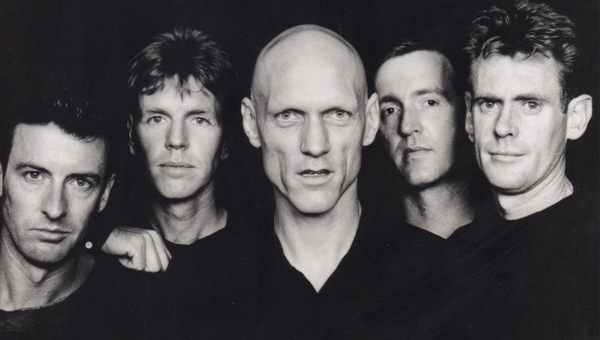“The boys have definitely broadened our musical vocabulary travelling around the world and you’ll see a few of those styles coming through – little hints of places and cultures and music that we’ve picked up along our travels.”
Starting off their musical journey studying and playing music of the classic ’70s and ’80s era of reggae, the members of what is now Katchafire were initially a Bob Marley tribute band. Bell says that while they’ve taken plenty of influence from past reggae stars about how to write great songs – listening to them, he says, represents Katchafire’s “deep school of learning” – they’ve come to develop a sound of their own.
“We get a lot of people asking us why we don’t have any females in the band, and we say, ‘Because we can still hit those high notes!’ But we take pride in that – the harmony is definitely, I would say, our point of difference in the genre of reggae music.”
He’s not wrong, either. Since 1997, when the group formed, Bell and co. have really grown to perfect the warm sound that makes reggae such a peaceful genre to listen to. Last year, Katchafire released a Best So Far compilation. And though Bell says he’s always trying to better his past work, he still highly values Katchafire’s earlier material.
“There’s really something to be said about an artist’s first album,” he says. “They have the whole of their lives to prepare for this first album, but then every one after that, they’ve only got a couple of years or however long it takes to put their album out – so it’s usually some of the artist’s best work that comes from that first album.”
Katchafire’s Australian setlist will be tailored to the audience, showcasing a mixture of old crowd-pleasers and some tracks that have seldom been performed live. “I think anyone who’s been to our gigs will know that we absolutely love getting the crowd to sing and getting them involved. It’s always good to have that exchange, and we love to get the crowd amped.”
BY ERIN ROONEY

